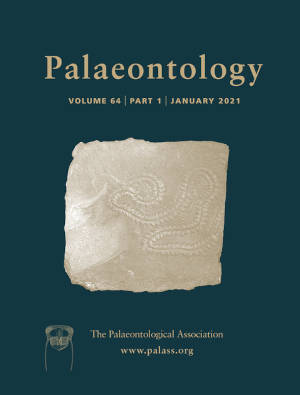Reg. Charity No. 1168330

A key feature of the pigment melanin is its high binding affinity for trace metal ions. In modern vertebrates trace metals associated with melanosomes, melanin‐rich organelles, can show tissue‐specific and taxon‐specific distribution patterns. Such signals preserve in fossil melanosomes, informing on the anatomy and phylogenetic affinities of fossil vertebrates. Fossil and modern melanosomes, however, often differ in trace metal chemistry; in particular, melanosomes from fossil vertebrate eyes are depleted in Zn and enriched in Cu relative to their extant counterparts. Whether these chemical differences are biological or taphonomic in origin is unknown, limiting our ability to use melanosome trace metal chemistry to test palaeobiological hypotheses. Here, we use maturation experiments on eye melanosomes from extant vertebrates and synchrotron rapid scan‐x‐ray fluorescence analysis to show that thermal maturation can dramatically alter melanosome trace element chemistry. In particular, maturation of melanosomes in Cu‐rich solutions results in significant depletion of Zn, probably due to low pH and competition effects with Cu. These results confirm fossil melanosome chemistry is susceptible to alteration due to variations in local chemical conditions during diagenesis. Maturation experiments can provide essential data on melanosome chemical taphonomy required for accurate interpretations of preserved chemical signatures in fossils.